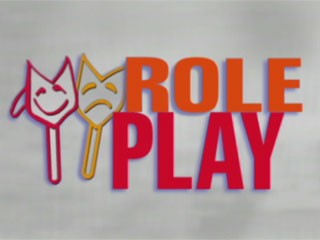From pre-school through higher education, teaching methods lend themselves to the enhancement of content areas. Yet, these techniques should be weighed for their unique strengths and weaknesses as they contribute to student understanding as well as how they relate to the goals and objectives of the course. Their implementation in education should be carefully evaluated when determining how to best meet the needs of each student. The connection of these techniques to content and student learning styles characterizes a good educator.
Strengths of Role Playing:
- Creates a reality situation dramatically with practical theory (Wehlri & Nyquist, 2003).
- The students receive opportunities to participate in different roles (Wehlri & Nyquist, 2003).
- Explore a myriad of solutions (Wehlri & Nyquist, 2003).
- Students are made active participants (Wehlri & Nyquist, 2003).
- Adds variety to the learning experience (Wehlri & Nyquist, 2003).
- Develops problem solving and communication skills (Wehlri & Nyquist, 2003).
- Immediate feedback (Wehlri & Nyquist, 2003).
- It fosters problem solving in a safe environment (Wehlri & Nyquist, 2003).
Weaknesses of Role Playing:
- Students may be too self-conscious to participate fully (Shawn, 2013).
- This cannot be applied to large groups (Shawn, 2013).
- It puts pressure on a student to perform which in many cases creates embarrassment (Shawn, 2013).
- Learners are required to be creative and dramatic (Shawn, 2013).
- It is time consuming (Shawn, 2013).
Values of Role Playing:
- This technique can be used in small groups and large groups.
- It can involve interpersonal as well as intrapersonal learning styles as one style become the actor while the other becomes the audience.
- The technique of role playing can be used to meet the needs of different learning theories.
Application of Role Playing:
This method can be used with every learning personality. Every role is needed: writers, costumes, actors, props, designers. etc.
Sources:
Shawn, G. (2013). Disadvantages and advantages of simulations in online education. Retrieved from http://e-articles.info/e/a/title/Disadvantages-and-Advantages-of-Simulations-in-Online-Education/
Thousand, J., Villa, R. & Nevin, A. (2007). Differentiating instruction: Collaboratively planning and teaching for universally designed learning. Thousand Oaks, CA: Corwin Press.
Wehrli, G. & Nyquist, J.G. (2003). Teaching strategies and methodologies. Retrieved from http://www.nhchc.org/TEACHINGSTRATEGIES_METHODOLOGIES.pdf
By Tracy Atkinson
Tracy Atkinson, mother of six, lives in the Midwest with her husband. She is a teacher, having taught elementary school to higher education, holding degrees in elementary education and a master’s in higher education. Her passion is researching, studying and investigating the attributes related to self-directed learners. She has published several titles, including The Art of Learning Journals, Calais: The Annals of the Hidden, Lemosa: The Annals of the Hidden, Book Two, Rachel’s 8 and Securing Your Tent. She is currently working on a non-fiction text exploring the attributes of self-directed learners: The Five Characteristics of Self-directed Learners.

Comments are closed